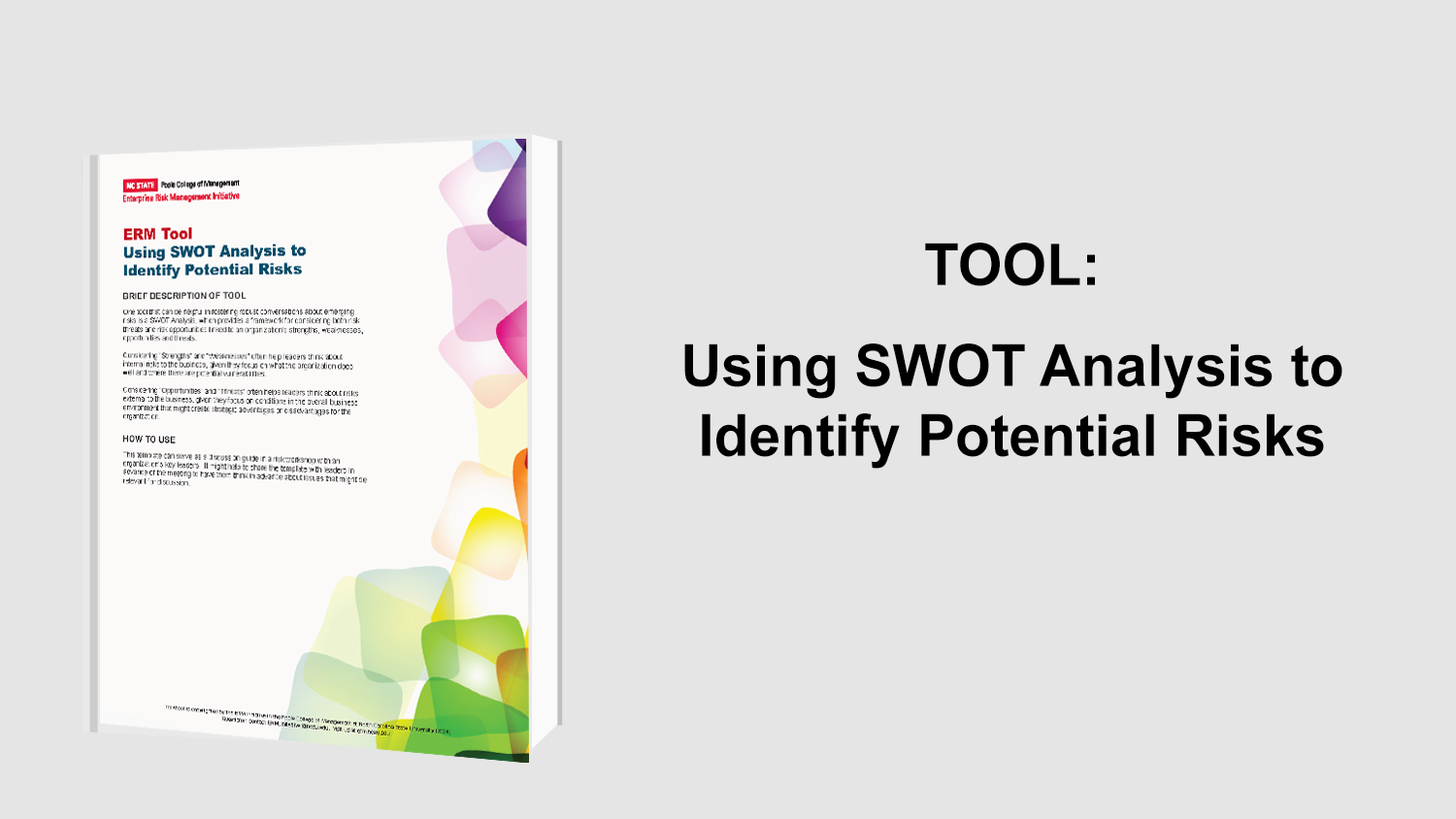The Updated Balanced Risk Scorecard in Your Workplace
By now, it is becoming clearer that organizations need to have a thorough risk management strategy in process. After the economic catastrophe witnessed since 2008 and its impact on organizations of all types and sizes, few organizations can idly sit by waiting to see how a risk might impact them. A recent publication by Ernst & Young offers insights about how the classic balanced scorecard (BSC) idea, which most risk management teams are using today, can be leveraged to provide helpful risk management information.
The thought paper states that risk management teams should not look to split risk into separate silos, but instead must find a way to communicate and interact with each separate division of a company about risks across the silos to ensure that the overall goal at hand is accomplished. Organizations must find a way to express the concerns of a division’s risk management to all other divisions, in order to relate to each other and move forward as efficiently as possible at an enterprise level.
The paper also calls for companies to link performance and risk management together. This is a very important concept because a company must focus on its specific strategic objectives and then implement a risk management process to manage risks so those objectives are more likely to be achieved. There are many companies getting caught up in the idea of key performance indicators (KPIs), while putting together a classic balanced risk scorecard. With a new push to implement risk management into most companies, this also means that the classic balanced scorecard must be updated to include key risk indicators (KRIs). KRIs take into consideration some of the more qualitative characteristics of risk compared to the quantitative results in the KPIs.
This new balanced scorecard format includes the addition of KRIs to the classic balanced scorecard. The four main areas of the classic BSC include financial, internal business processes, learning and innovation, and clients and stakeholders. In the classic BSC, companies are only taking into consideration their objectives, KPIs, measures, targets, and initiatives. Without relating these components to the KRIs, organizations are only getting a chance to see what your performance should be and how you can manage that.
The addition of risk-related information helps connect potential risk events to each of the strategic performance areas of focus within the balance-scorecard. There are several examples of KRIs that might relate to each of the four BSC focus areas. For example, within the different areas on the BSC, organizations can see in clients and stakeholders risks such as the turnover of older customers compared to younger customers. With internal business processes, organizations might track the number of high performers who may leave the company. Measures of the amount of leverage could be added to the financial area and information about the relation between the quality of the product you are making and the amount of time being sacrificed to strengthen the quality of the product may highlight risks related to the learning and innovation dimension.
Most companies need to take a step back and decide exactly what amount of risk they are willing to take in light of performance objectives. Once again, the inclusion of KRIs on the BSC helps highlight risks that are most prevalent so management is in a better position to take the necessary actions to manage these risks before they result in a performance problem. KRIs can be seen as a way to not mitigate but manage your risks and find the healthiest balance for your company.
Original Article Source: “A New Balanced Scorecard: Measuring Performance and Risk”, Ernst & Young, 2009


